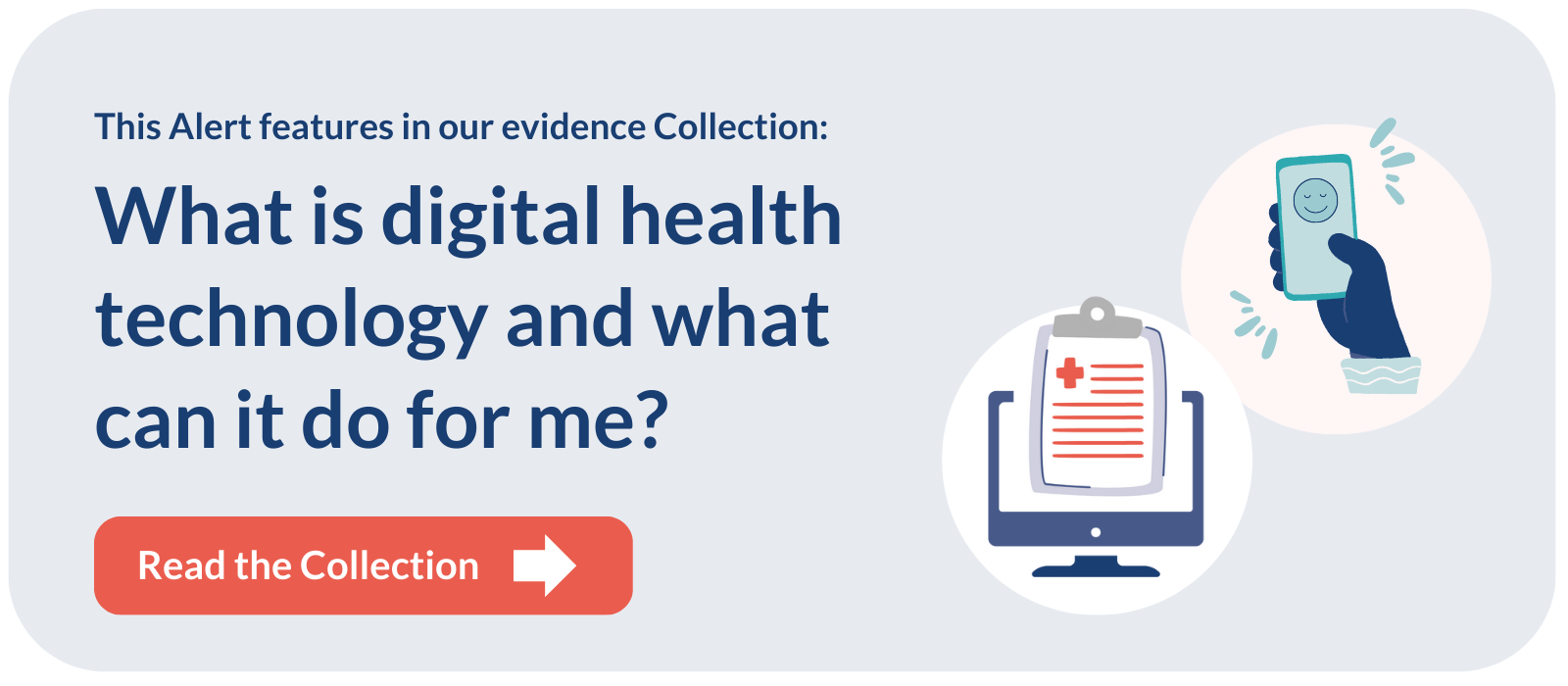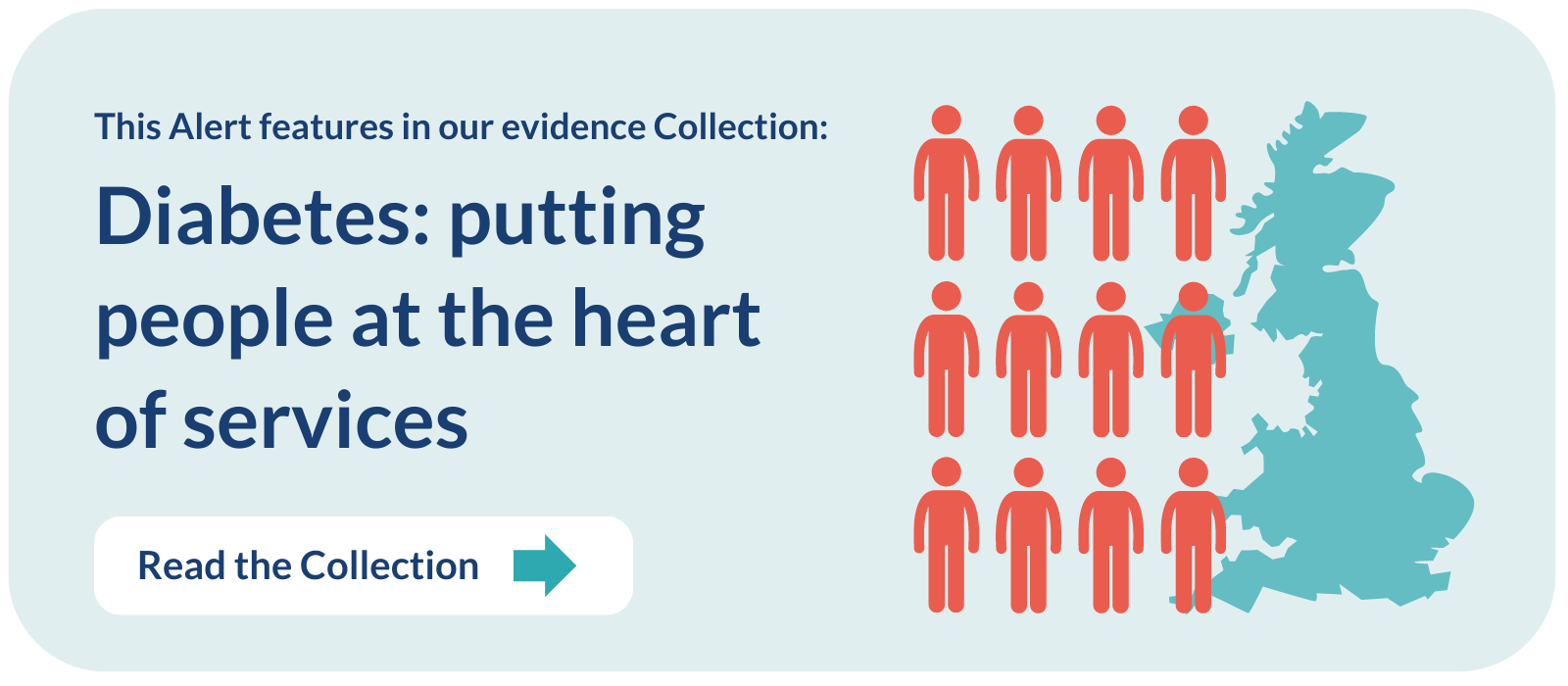Please note that this summary was posted more than 5 years ago. More recent research findings may have been published.
This is a plain English summary of an original research article. The views expressed are those of the author(s) and reviewer(s) at the time of publication.
Sharing electronic records with patients with type 2 diabetes helped them to reduce their blood sugar levels. A new analysis of pooled data from 20 studies showed that sharing records improved patients' management of their condition. Some of the studies also found that sharing records was associated with reduced anxiety, cardiac symptoms and cholesterol levels in the blood. In diabetes and across a range of other conditions, shared information improved medicines safety and often reduced people’s need to access healthcare.
Electronic care records were introduced to allow NHS patient information to be readily available no matter where they access care. However, there is no centralised exchange of information and patients do not routinely have access to their own records.
There has been significant debate over whether improving patient access to electronic care records will have health benefits. Increasing a patient’s access to their records could help them to understand and proactively manage their own health needs, but there has been little evidence to support this theory.
This review pooled data from research carried out over 20 years.
What’s the issue?
The NHS began introducing electronic care records around 15 years ago. Information is stored centrally but not routinely shared with patients in the UK.
Research carried out a decade ago found that sharing electronic care records improved patient satisfaction and communication. However, it failed to show that sharing improved outcomes. This has been used to justify patients’ lack of access to their own electronic care records.
The digital and data landscape has changed significantly since then. People are more aware of the value of their own data, and their right to control and have access to it. Smartphones and other digital devices have become widely available over the past ten years, making it easier for people to access their own records.
What’s new?
The study included randomised trials published between 1997 and 2017. The trials assessed the impact of allowing patients access to their own medical records. Patients in the studies had a range of different conditions including diabetes, cancer and high blood pressure. All studies covered at least 12 months and looked for measurable improvements in areas such as health, safety, cost-savings and time taken to access treatment. Some considered whether care responded to individual patients’ needs (patient-centred care).
Twenty studies were included in the analysis with a total of 17,387 participants. More than half (54.5%) of the studies showed some benefits.
The studies varied in the conditions the patients had, in the outcomes studied and the methods used. For most conditions, the results could not be pooled and analysed. Some effects of sharing data may therefore have been missed. However, safety outcomes were improved for patients who had access to electronic healthcare records, including medicines safety.
Researchers also found that most studies found either a reduction in how often patients accessed healthcare, or no change.
In diabetes, multiple studies reported in similar ways, and these results could be pooled. The analysis found that sharing care records with diabetic patients was effective in reducing blood sugar. This is a major predictor of death in type 2 diabetes. A few studies also indicated a positive effect on anxiety, cardiac symptoms and cholesterol levels in the blood.
Why is this important?
This review brings research into sharing of electronic care records with patients up to date, and concludes that there are benefits to sharing access with patients.
It flags the need for standardisation of the way patients access electronic care records. Future studies need to use standard methods so that results can be pooled and compared directly.
What’s next?
Much of the research available is into records shared via online patient portals which allow patients to log in to a website to access information. This study suggests that work could be done to optimise access and the user experience.
You may be interested to read
The full paper: Neves AL and others. Impact of providing patients access to electronic health records on quality and safety of care: a systematic review and meta-analysis. BMJ Quality and Safety. 2020;0:1-14.
An editorial on this paper discusses its implications: Sarkar U and Lyles C. Devil in the details: understanding the effects of providing electronic health record access to patients and families. BMJ Quality and Safety. 2020.
Funding: This work is supported by the NIHR Imperial Patient Safety Translation Research Centre and NIHR Imperial Biomedical Research Centre.
Conflicts of Interest: The study authors declare no conflicts of interest.
Disclaimer: Summaries on NIHR Evidence are not a substitute for professional medical advice. They provide information about research which is funded or supported by the NIHR. Please note that the views expressed are those of the author(s) and reviewer(s) and not necessarily those of the NHS, the NIHR or the Department of Health and Social Care.
NIHR Evidence is covered by the creative commons, CC-BY licence. Written content and infographics may be freely reproduced provided that suitable acknowledgement is made. Note, this licence excludes comments and images made by third parties, audiovisual content, and linked content on other websites.

